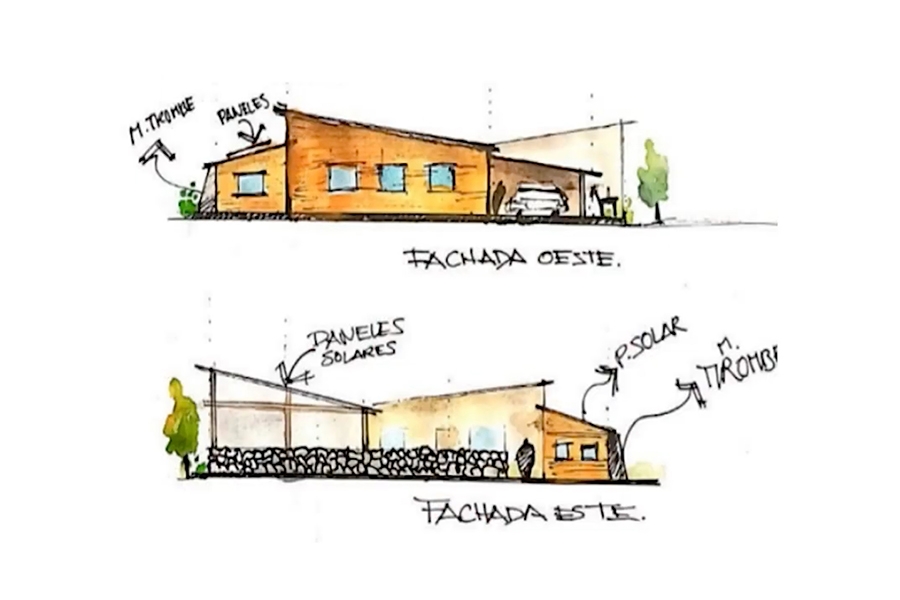An international research collaboration will address challenges associated with living at high altitudes by designing and building a model house in Puno, Peru. The project, jointly led by the University of Oklahoma with the Universidad Nacional del Altiplano in Puno, will combine traditional knowledge and local materials with advanced technologies to design and build an accessible and sustainable model home. The goal of the project will be to demonstrate sustainable and affordable housing construction that mitigates the health affects of living at high-altitude cold and dry environments.
“The project in Puno is an exciting opportunity for students have hands on experiences with a combination of innovative and traditional building science principles, things they would only learn in theory here on campus,” said Ben Bigelow, Ph.D., associate professor in the Haskell and Irene Lemon Construction Science Division and principal investigator on the project. “Beyond the learning experience for our students, working with our partners in Peru to help address the shortage of affordable housing in this region is an exciting opportunity.”
The climate in Puno stays cool, with the temperature typically varying from 24°F to 62°F over the course of a year, Additionally, the lower oxygen levels available at high altitudes can cause significant health challenges.
“Homes here do not have central heating or air conditioning, but this area gets more than 300 days of strong sunlight,” said Victor Maqque, Ph.D., managing director of the Latin America Sustainability Initiative and affiliate faculty in the Department of History, Dodge Family College of Arts and Sciences. “We will integrate traditional Indigenous knowledge, local materials and state-of-the-art technology to create more sustainable housing and healthy living spaces that address problems that severely affects the quality of life for people of the highlands. For one example, we are looking at way to passively capture solar energy to help with heating.”
In support of the project, Rene Peralta in the Gibbs College of Architecture is teaching a course “High-Altitude Housing Design” that will inform the design of the model home. OU students will travel to Puno over the summer to help build the model home. Additionally, UNAP students will travel to OU to learn with and from OU’s students and instructors involved with the project.
The project, “Knowledge and Cultural Exchange Through the Built Environment: Inti Wasi Sustainable and Affordable Cold Climate Housing,” is funded through a grant from the 100,000 Strong in the Americas Innovation Fund from the Partners of the Americas and the Bureau of Western Hemisphere Affairs at the U.S. Department of State that supports innovative, inclusive training and exchange programs for students and faculty in strategic areas, including climate solutions, sustainable energy and others. For information about the Latin America Sustainability Initiative, visit their website. Watch this video to learn more about the Inti Wasi housing project or read more via the Christopher C. Gibbs College of Architecture.

